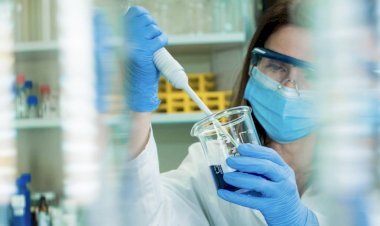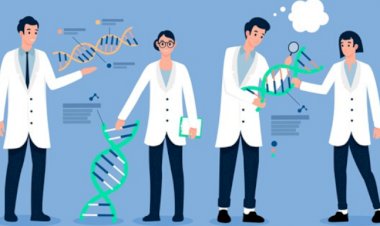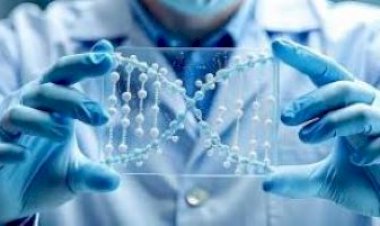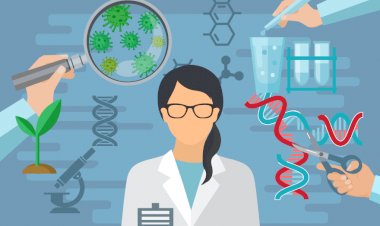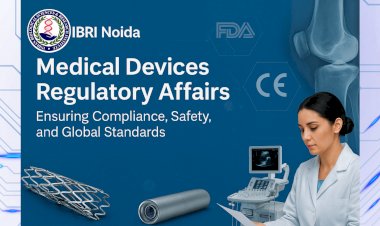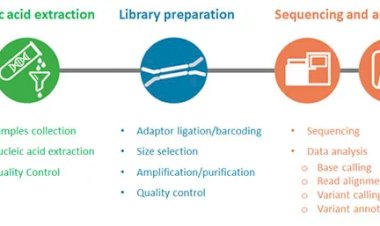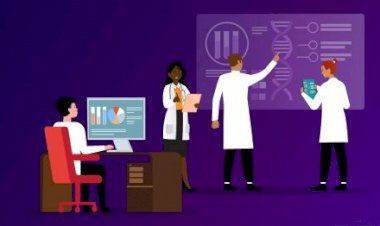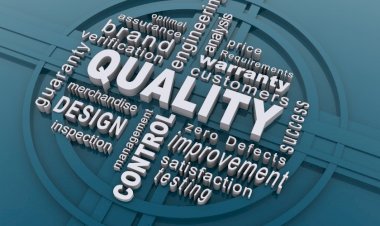Detecting and Isolating E. Coli from Contaminated Hindon River Water
The Hindon River in Noida has recently been found to contain E. coli contamination, highlighting serious environmental and public health concerns. A microbiological analysis conducted at IBRI Noida confirmed the presence of this bacterium, suggesting pollution from untreated sewage, agricultural runoff, and industrial waste discharge. This blog explores the impact of E. coli contamination on human health, water quality, and aquatic ecosystems while detailing the step-by-step laboratory procedure for isolating and identifying the bacterium, including sample collection, serial dilution, and pour plate method. Additionally, it discusses microscopic observation and biochemical confirmation techniques required for precise identification of E. coli in contaminated water.

E. Coli Contamination in Hindon River: A Wake-Up Call for Water Safety
Water pollution is an escalating concern worldwide, and recent findings from the Hindon River, Noida have raised serious alarms. A recent test conducted at IBRI Noida has confirmed the presence of E. coli in a sample from the river, indicating a serious risk of microbial contamination. This discovery highlights the urgent need for regular water quality monitoring, waste management improvements, and environmental intervention to protect both public health and aquatic ecosystems. The presence of harmful bacteria in a water body can significantly impact surrounding communities, making it crucial to address contamination sources and implement preventive measures.
Understanding E. Coli Contamination
Escherichia coli (E. coli) is a bacterium commonly found in the intestines of humans and animals, playing a vital role in digestion. However, certain pathogenic strains, particularly enterotoxigenic E. coli (ETEC) and enterohemorrhagic E. coli (EHEC), can cause severe infections, leading to symptoms such as diarrhea, stomach cramps, nausea, and in extreme cases, kidney failure. The presence of E. coli in river water is often a result of untreated sewage discharge, agricultural runoff, or industrial waste contamination. Such pollution not only poses direct health risks but also threatens biodiversity and water sustainability. Detecting and controlling microbial contamination is essential to ensuring safe water usage and maintaining ecological balance.
Procedure for E. coli Isolation from River Water
The detection of E. coli in water requires precise microbiological techniques that ensure reliable results. Scientists use a series of steps to isolate and confirm the bacterium’s presence in environmental samples.
Materials Required
- Sterile sample collection bottles
- Nutrient broth and Nutrient Agar
- Selective media (MacConkey Agar)
- Incubator (37°C)
- Sterile pipettes and loops
- Microbiological safety cabinet
- Sterile saline or phosphate buffer for serial dilution
- Molten agar medium for pour plate method.
Step-by-Step Process
1. Sample Collection
- Collect water samples from multiple points along the river using sterile collection bottles.
- Maintain cold-chain storage (4°C) until laboratory testing to preserve microbial integrity.
2. Serial Dilution
- Prepare serial dilutions of the river water sample using sterile saline or phosphate buffer.
- Dilute the sample up to 10^-6, ensuring well-separated bacterial colonies in subsequent steps.
3. Pour Plate Method
- Take 1 mL of the diluted sample and transfer it to a sterile petri dish.
- Pour molten nutrient agar (cooled to ~45°C) into the plate, gently swirl, and allow it to solidify.
- Incubate plates at 37°C for 24-48 hours to promote bacterial growth.
Figure 1: Colonies of E. coli on Nutrient Agar
4. Selective Plating
- Using a sterile loop, streak isolated colonies onto MacConkey Agar, a selective medium that enhances E. coli identification.
- Incubate at 37°C for 24-48 hours.
5. Colony Identification
- On Nutrient Agar, E. coli colonies typically appear smooth, moist, round, and creamy white.
- On MacConkey Agar, E. coli colonies appear pink, due to lactose fermentation.
6. Biochemical Confirmation
- Perform Gram staining, confirming Gram-negative rod-shaped bacteria.
- Conduct Indole, Methyl Red, Voges-Proskauer, and Citrate tests (IMViC) for further biochemical characterization.
7. Microscopic Observation
- Prepare a bacterial smear from the E. coli colony.
- Heat-fix the smear and perform Gram staining.
- Under a light microscope (1000x magnification using oil immersion), E. coli appears as:
- Pink-colored, Gram-negative rods (due to safranin counterstain).
- Single or short-chained bacilli.
- Non-spore-forming, motile organisms (some strains show flagella).
- Microscopic analysis helps confirm morphological features and differentiate E. coli from other similar bacteria.
Figure 2: E. coli under microscope (100x)
7. Molecular Identification (Optional)
- Use Polymerase Chain Reaction (PCR) or qPCR, targeting the uidA gene (β-glucuronidase), ensuring accurate E. coli detection.
Health Risks and Environmental Impact
Polluted water sources containing E. coli pose numerous health hazards, including:
- Gastrointestinal infections, often leading to diarrhea, dehydration, and electrolyte imbalances.
- Severe cases of kidney complications, particularly Hemolytic Uremic Syndrome (HUS).
- Disruptions in aquatic ecosystems, affecting marine life and oxygen levels in contaminated water.
The Hindon River, a crucial water resource for nearby communities, faces continuous pollution threats from sewage overflow, agricultural waste, and industrial effluents. Contaminants weaken water quality, impacting drinking water sources, agricultural irrigation, and aquatic biodiversity. Without timely interventions, such microbial pollution can lead to long-term environmental damage.
IBRI Noida: Advancing Wet Lab Training for Environmental Research
The Indian Biological Sciences and Research Institute (IBRI) Noida plays a critical role in training researchers and students on advanced microbiological techniques to analyze environmental contamination. As a leading research institute in biotechnology and biomedical sciences, IBRI provides cutting-edge wet lab training, equipping professionals with hands-on experience in water sample analysis, microbial isolation, and biochemical identification methods. Such training helps scientists, environmentalists, and regulatory bodies develop effective strategies for monitoring and mitigating water pollution, contributing to cleaner water resources and stronger environmental protection initiatives.
The Need for Immediate Action
To combat microbial contamination and safeguard public health, authorities and communities must take proactive measures, including:
- Regular Water Testing – Continuous water sample monitoring for bacterial presence.
- Wastewater Management – Ensuring proper sewage treatment before discharge.
- Public Awareness – Educating locals on water pollution prevention and hygiene.
- Policy Implementation – Strengthening environmental laws to prevent industrial and agricultural waste dumping.
Conclusion
The detection of E. coli in the Hindon River is a wake-up call for stricter water quality measures. Protecting natural water resources is not just a scientific responsibility—it is a shared duty among government agencies, researchers, and communities. Ensuring clean and safe water for future generations requires a collaborative approach, with rigorous testing, improved policies, and sustainable environmental management practices.








